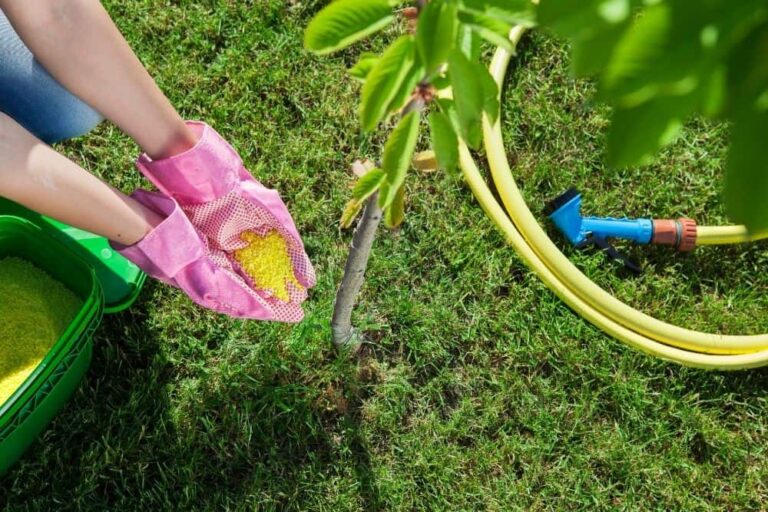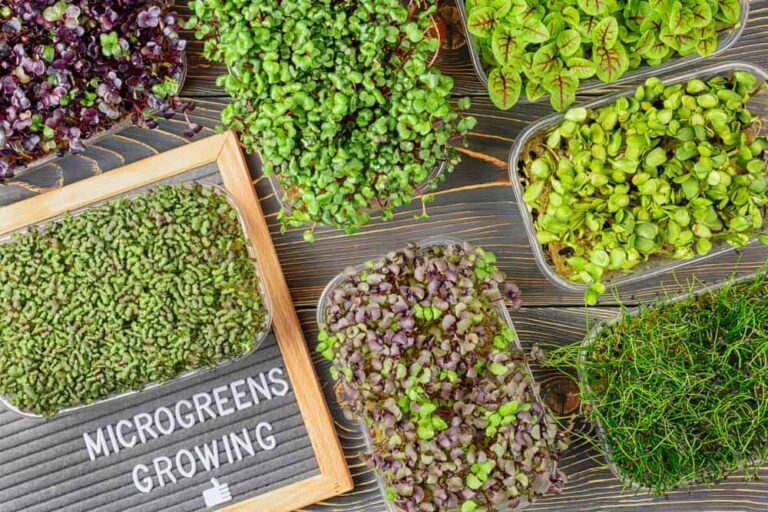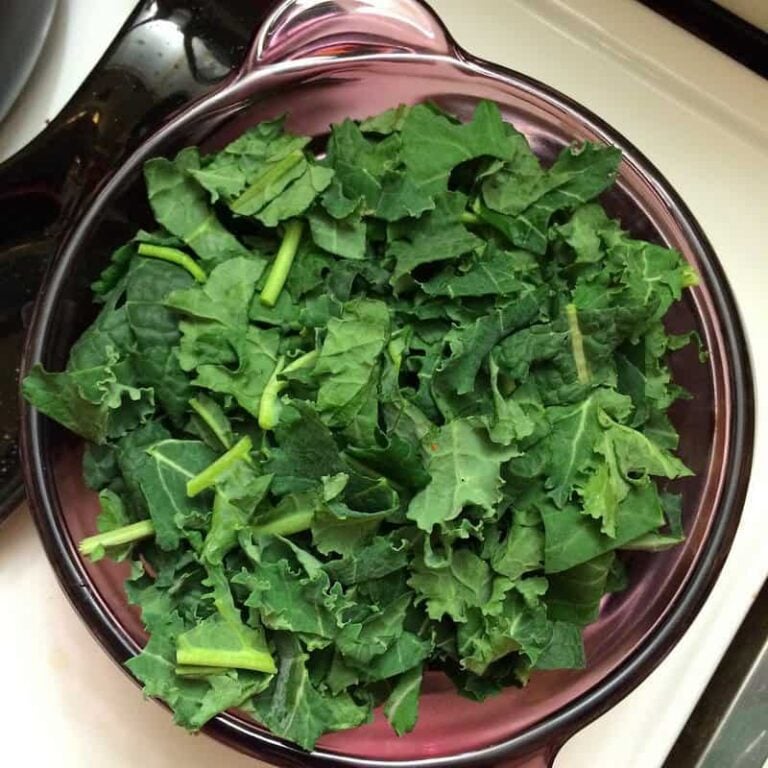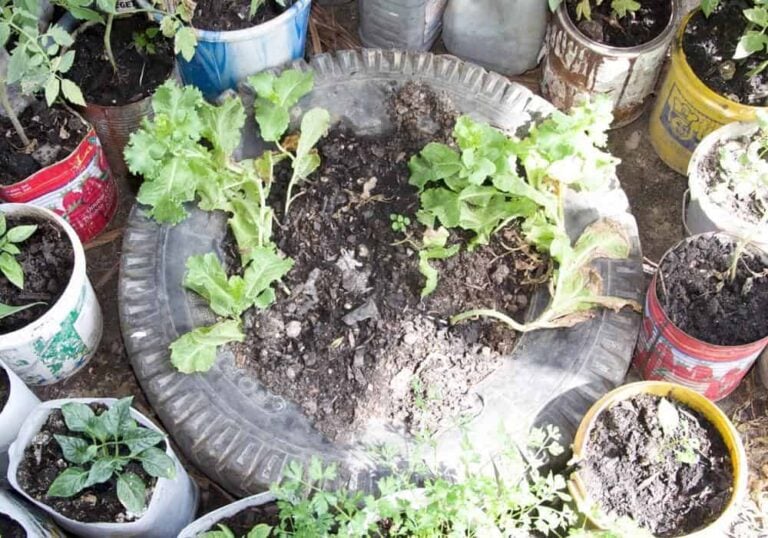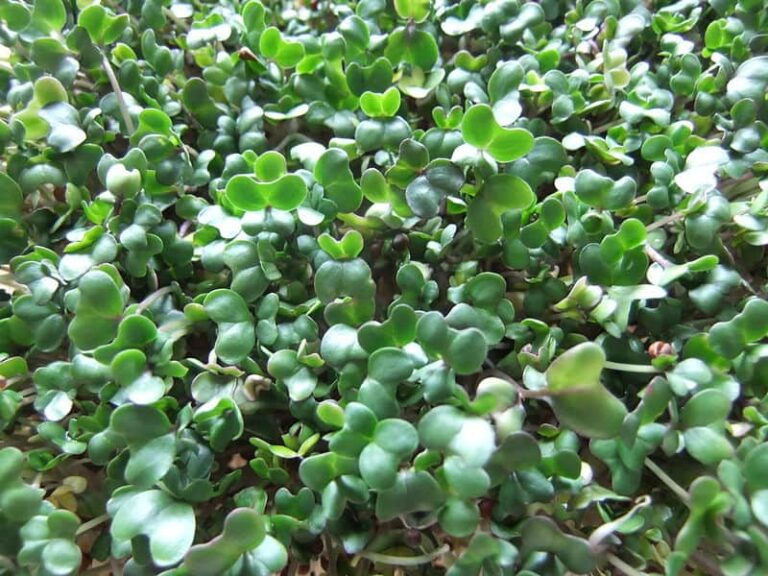Picking the Best Fertilizer for Tomatoes
We reckon the best fertilizer for tomatoes is Miracle-Gro Tomato Plant Food, which you can buy online (clicking that link will take you to Amazon, where you can see user reviews, current prices, etc.). It’s likely one of the simplest fertilizers to use, and you only have to use it every one or two weeks. This is a water-soluble fertilizer. We also find the quality to be pretty high. Our runner-up is probably Espoma Tomato-tone Organic Fertilizer.
Our Picks for Best Fertilizer for Tomatoes
[wptb id="507005" not found ]Why Consider Fertilizer for Tomatoes?
When it comes to sucking down nutrients, tomatoes are voracious eaters. This is not because they’re greedy or anything. Their appetite is simply indicative of their nature as being highly productive plants. Fertilizer works so well in tomato plants because it makes it much easier for their appetites to be satiated.

Of course, this can be a blessing and a curse. Sometimes, a tomato plant will happily devour a second helping of fertilizer later in the year if their growing season is extended. While this requires a little extra green in your thumb, the sweet, delicious results that are produced makes it worth the extra effort.
How Much Fertilizer is Needed? A Video…
Because of the somewhat complex needs of a tomato plant, it can be a bit difficult for the novice gardeners to put together a proper rhythm to the fruit’s fertilization schedule. However, this video can provide you with a handy guide to the amount of fertilization your tomatoes may need throughout the growing season.
Common Fertilization Techniques
When it comes to adding fertilizer to tomatoes, the most prominent technique to use is called side-dressing. This technique is simply built upon the practice of placing fertilizer around the tomatoes to give them extra sustenance throughout the season. The goal here is to ensure the plants’ insatiable appetite, thus leading to more consistent fruit.
Usually, you can get away with one or two side-dressings in your tomato gardens. While the practice is not extremely labor intensive, you will still need to apply a touch of gardening knowhow to reap the desired results.
For instance, side dressing requires digging into the soil around the plant. It is a delicate process, as digging too deep will disrupt the roots, which could spell doom and gloom for your tomatoes.
Composting is another effective fertilizer-fueled method that can be utilized in your tomato garden. Adding elements like bone or blood meal to the fertilizer will serve to increase the fertilizer’s concentration. The one downside to this method is that it requires extra steps, such as mixing.
If that seems a little too arduous, you can always resort to deploying the top-dressing method of fertilization. This method contains the same basic principles of side-dressing, except that you simply put the fertilizer on top of the soil instead of digging into the area surrounding the plant.
Using water-soluble fertilizers may also be a terrific option to deploy, especially if you’re a beginner. While this technically requires a little more work, it’s easy work, as the labor consists of adding a periodic scoop of fertilizer to the water prior to spraying. As long as you keep track of when you’re adding the scoop, you’re good to go.
Know Your Numbers
Perhaps the most important thing to look at when considering a fertilizer is the nutrients you’re giving the plants through its usage. Fertilizers will typically have the nutrient content clearly labeled on their packages, represented in a series of dashed numbers such as 10-10-10.
These numbers will represent three major plant nutrients: nitrogen, phosphorus, and potassium. You can use them to gauge your tomato garden’s overall health. This is especially the case if you already have a bead on the nutrient content of the soil.
If you don’t have the time or the wherewithal to explore your soil’s nutrient content, you’ll want to pay special attention to the nitrogen content listed on the package. Specifically, it may be wise for you to stay away from high-nitrogen fertilizers.
The reason for this is because nitrogen tends to be the most abundant nutrient in a soil’s composition. If you add an overabundance of nitrogen to your plant, you will end up over-fertilizing them. This issue is marked by plants that produce dark green leaves but precious few tomatoes.
Don’t Be Afraid of Failure!
If you’re new to the whole gardening business, your successes will be counterbalanced with a few failures. It’s just like anything that you try to tackle in life. You will have a few hiccups on the way to finding a consistent rhythm.
When you use fertilizer on your tomato plants for the first time, don’t abandon all hope if your initial crop doesn’t come close to yielding the mind-blowing results that exist in your mind’s garden. Instead, use the experience culled from failed gardening attempts to learn and grow. Doing so will help you eventually match your dreams with your reality.
You May Also Read – Best Fertilizer for Carrots
Our Recommendation: Miracle-Gro Tomato Plant Food
A water-soluble fertilizer solution may be the best way to go about things while you’re developing a green thumb. A product like Miracle-Gro Tomato Plant Food simplifies the process of fertilizer use by simply requiring an infusion of its product during watering every 7 to 14 days.
Once you get the hang of deploying the water-soluble fertilizer and you see the results of its usage, it may be easier for you to graduate to an elevated level of fertilizer use, such as composting or side-dressing. Then again, you may be so comfortable in using this water-soluble method, you may not feel the need to change.
Regardless of what method of fertilizer deployment you use, the important thing to bear in mind is that you’re using fertilizer. When used properly, it can serve as the ultimate tool in your garden arsenal, one that can help you grown big, bountiful tomatoes that burst with flavor. And isn’t that the whole reason why you started growing them in the first place?
Do you grow cucumbers as well? Then you might find helpful our article about the best fertilizer for cucumbers.


